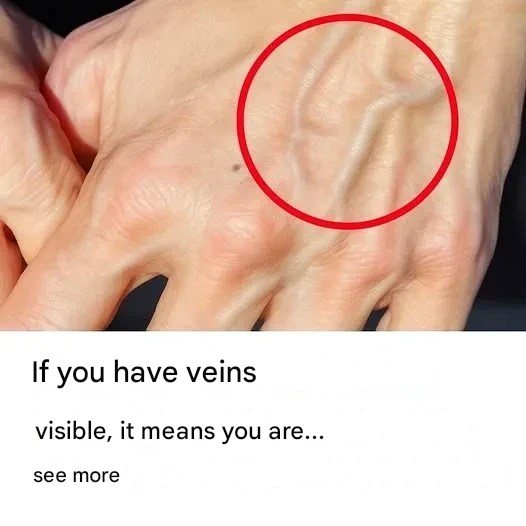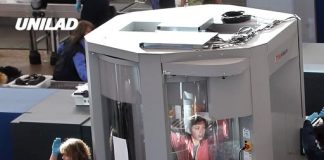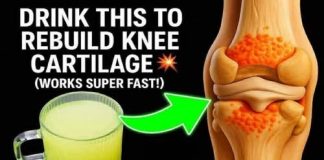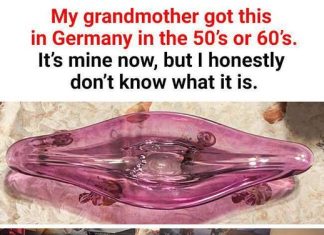Visible veins, sometimes called spider veins or varicose veins, are a common phenomenon where veins appear prominently beneath the skin. They often appear on the hands, arms, legs, or feet and can vary in color from blue and purple to dark green. While their appearance can cause aesthetic concerns for some, they often carry important information about a person’s health and body composition.
Causes of Prominent Veins
Several factors can lead to veins becoming more visible. Low body fat is one primary reason; when there is less fat under the skin, veins naturally appear closer to the surface. Genetics also play a role, as some individuals inherit thinner skin or weaker vein walls, making veins more noticeable. Additionally, exercise can temporarily make veins more prominent. Strength training and cardiovascular activities increase blood flow and expand veins, a phenomenon known as vascularity. Hormonal changes, aging, and environmental factors such as heat can also influence vein visibility. For example, veins can appear more prominent during hot weather as blood vessels expand to regulate body temperature. Certain medical conditions, such as varicose veins or blood clotting disorders, may also make veins more apparent and sometimes painful.
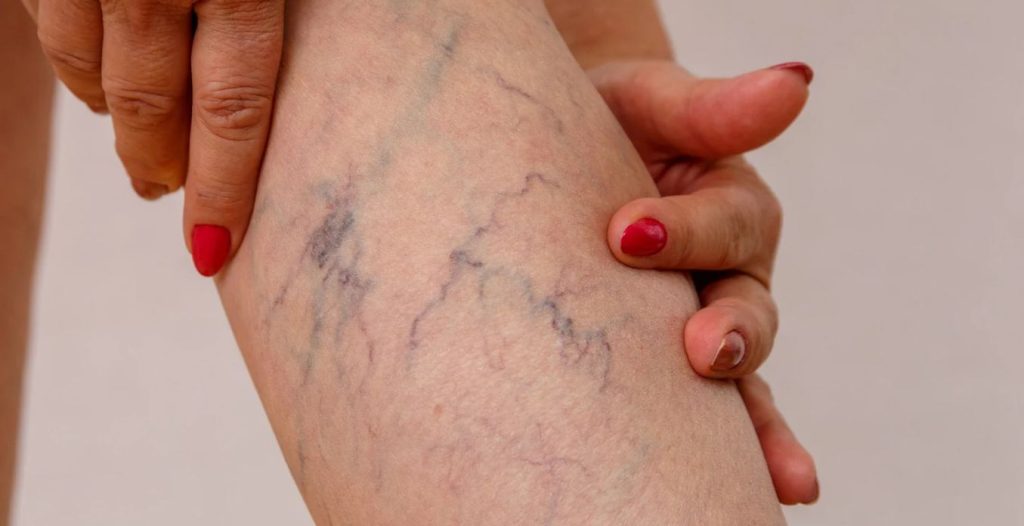
Health Implications
In many cases, visible veins are harmless. They are often simply a sign of good circulation and low body fat. For athletes and fitness enthusiasts, pronounced veins can indicate high vascularity and well-developed muscles. However, persistent, painful, or swelling veins may signal underlying health concerns. Conditions like chronic venous insufficiency occur when vein valves weaken, causing blood to pool and veins to stretch. In rare cases, deep vein thrombosis or other circulatory issues may require medical attention.
Lifestyle Factors That Influence Vein Visibility
Several lifestyle choices affect how visible veins appear. Diet and hydration are important; staying well-hydrated helps maintain proper blood volume, while a diet rich in vitamins C and E supports vein elasticity. Exercise improves overall circulation, but intense workouts can temporarily make veins more prominent. Body composition matters as well; individuals with lower body fat tend to have more visible veins due to reduced subcutaneous fat. Conversely, prolonged standing or sitting can worsen vein prominence and discomfort. Compression garments or elevating the legs may help in such cases, especially for individuals prone to varicose veins.
Cosmetic and Fitness Considerations
Many people notice visible veins when their skin is thin or during strength training. Bodybuilders often see enhanced vein visibility due to reduced body fat and increased muscle mass. In the cosmetic context, visible veins are sometimes considered attractive as a symbol of fitness and vascularity. For those concerned about appearance, treatments such as laser therapy, sclerotherapy, or topical solutions can reduce the prominence of superficial veins.
When to Seek Medical Advice
Although most cases are benign, there are signs that require medical attention. If veins become painful, swollen, warm, or red, or if there is sudden vein visibility accompanied by fatigue or discoloration, it is advisable to consult a healthcare professional. Early intervention can prevent complications and improve overall vein health.
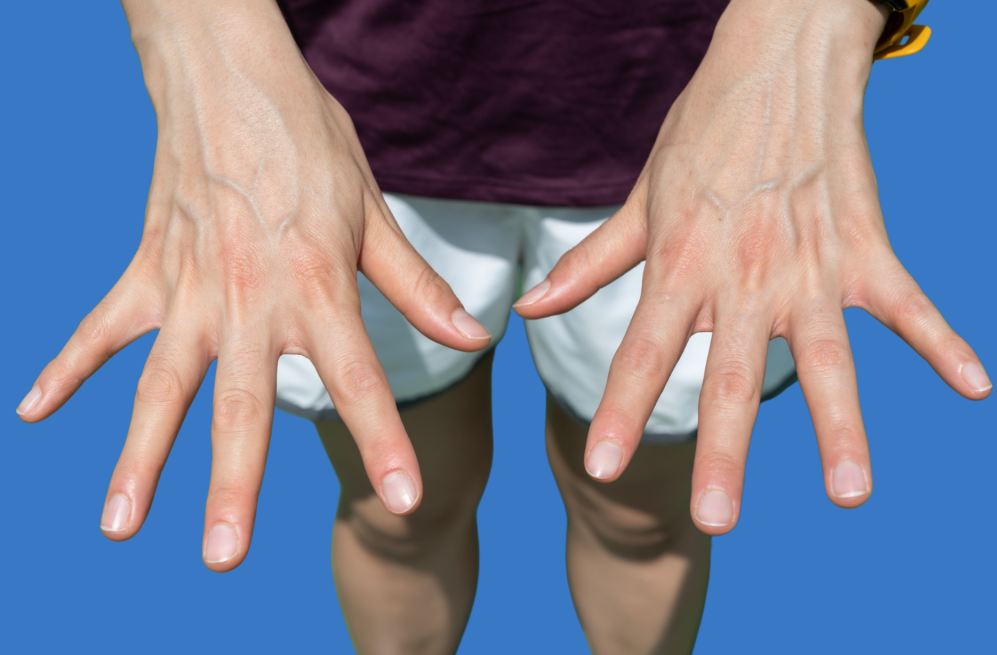
Embracing Your Body’s Signals
Visible veins can reveal much about your health, fitness, and body composition. While they are often harmless and even a marker of strength, it’s important to recognize when they may signal underlying issues. Maintaining a balanced lifestyle, exercising regularly, and monitoring any changes in vein appearance are simple ways to ensure both aesthetic and medical well-being.

